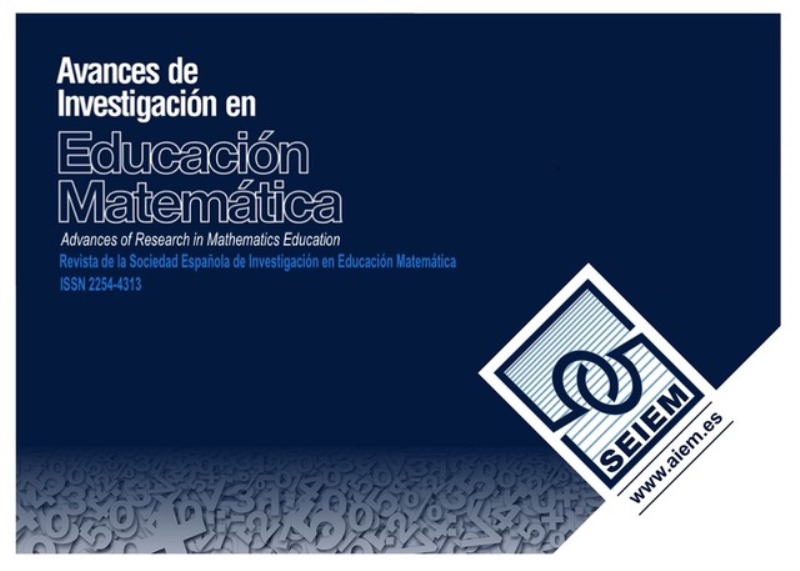Orden y distancia de fracciones y decimales en la recta numérica
El caso de Abigaíl
DOI:
https://doi.org/10.35763/aiem.v1i5.49Palabras clave:
fracciones decimales, recta numérica, representaciones, orden, distancia, tecnología interactivaResumen
Este es un estudio de un caso acerca de las representaciones de números racionales en la recta numérica hechas a mano y utilizando un programa interactivo de una alumna de nivel medio superior. En un principio las representaciones de la alumna mostraron una clara comprensión de cómo representar el orden entre diferentes números en la recta numérica, pero no cómo representar correctamente las distancias entre ellos. La forma de representación utilizada (decimales o fracciones) también fue importante para que ella pudiera o no mostrar su comprensión de las distancias entre diversos números racionales. El estudio muestra el pensamiento de la alumna, sus dificultades y avances, a través de las interacciones con el entrevistador y el programa de computadora.
Descargas
Descargas
Publicado
Cómo citar
Número
Sección
Licencia
Los trabajos se publican bajo una licencia de Creative Commons: Reconocimiento 4.0 España a partir del número 21 (2022).
Los autores que publican en esta revista están de acuerdo con los siguientes términos:
- Los autores conservan los derechos de autor y el reconocimiento de la autoría.
- Los textos publicados en esta revista están sujetos –si no se indica lo contrario– a una licencia de Reconocimiento 4.0 Internacional de Creative Commons. Puede copiarlos, distribuirlos, comunicarlos públicamente, hacer obras derivadas y usos comerciales siempre que reconozca los créditos de las obras (autoría, nombre de la revista, institución editora) de la manera especificada por los autores o por la revista. La licencia completa se puede consultar en http://creativecommons.org/licenses/by/4.0.
- Los autores pueden establecer por separado acuerdos adicionales para la distribución no exclusiva de la versión de la obra publicada en la revista (por ejemplo, situarlo en un repositorio institucional o publicarlo en un libro), con un reconocimiento de su publicación inicial en esta revista.
- Se permite y se anima a los autores a difundir sus trabajos electrónicamente (por ejemplo, en repositorios institucionales o en su propio sitio web) antes y durante el proceso de envío, ya que puede dar lugar a intercambios productivos, así como a una citación más temprana y mayor de los trabajos publicados (Véase The Effect of Open Access) (en inglés).









